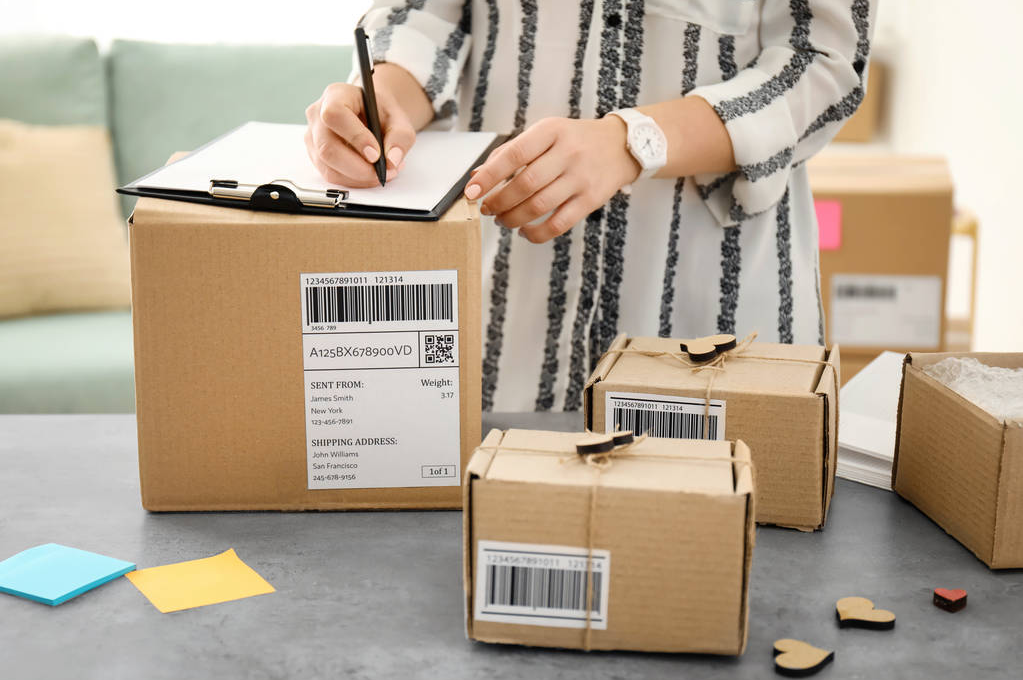The Steps to Receipt and Inspection:A Comprehensive Guide
Receiving and inspecting clothing transportation is a crucial step in the import process, ensuring that the goods meet your expectations and fulfill your order. Proper reception and thorough inspection can help prevent costly errors and ensure customer satisfaction. This article mainly helps you understand the steps of receiving and inspecting imported clothing
Step 1: Prepare for Arrival
Before the shipment arrives, ensure you are fully prepared:
- Logistics Coordination: Confirm the exact arrival date and time with your logistics provider and ensure that someone is available to receive the goods.
- Storage Space: Arrange for adequate storage space to accommodate the incoming shipment until it can be inspected and processed.
- Inspection Tools: Have the necessary tools ready for inspection, such as measuring tapes, scales, and inspection checklists.

Step 2: Verify Delivery Documentation
Upon arrival, verify the delivery documentation to ensure everything is in order:
- Delivery Receipt: Compare the delivery receipt with your records to confirm the shipment’s details, including the number of packages and any special instructions.
- Commercial Documents: Cross-check the commercial invoice, packing list, and bill of lading against the physical shipment to ensure consistency.
Step 3: Unload and Check the Packaging
Once the shipment arrives, begin the unloading process carefully:
- Gentle Handling: Handle the packages gently to avoid any damage during the unloading process.
- Package Integrity: Inspect the exterior of the packages for any signs of damage, such as tears, wetness, or dents, which could indicate internal damage.
Step 4: Initial Inspection
Conduct an initial inspection of the shipment to get a general overview:
- Quantity Verification: Count the packages and verify the quantity against the delivery receipt and packing list.
- Visual Inspection: Perform a quick visual inspection of the packages and garments to spot any obvious issues, such as stains, tears, or missing labels.
Step 5: Detailed Inspection
Proceed with a more detailed inspection to verify the quality and compliance of the clothing:
- Random Sampling: Select a representative sample of the garments for detailed inspection, checking for quality issues such as stitching, colorfastness, and size accuracy.
- Compliance Checks: Ensure that the garments comply with all the requirements specified in your order, such as material composition, brand labeling, and any special instructions.
- Testing: If necessary, conduct functional tests, such as washing a small sample to test colorfastness or durability.

Step 6: Record Findings
Document the results of your inspection to maintain a record of the shipment’s condition:
- Inspection Report: Create a detailed inspection report that includes photographs of any defects or issues found during the inspection.
- Communication: Share the inspection report with relevant stakeholders, such as your purchasing team, quality control department, and the supplier.
Step 7: Address Any Issues
If any issues are discovered during the inspection, take immediate action:
- Communication with Supplier: Contact the supplier to discuss any discrepancies and determine the next steps, such as returns, replacements, or credits.
- Resolution Plan: Develop a resolution plan to address any quality issues and prevent similar problems in future shipments
Step 8: Final Processing
Once the inspection is complete and any issues have been addressed, finalize the processing of the shipment:
- Sorting and Storage: Sort the garments based on their intended use or sale, and store them appropriately until they are ready for distribution.
- Order Fulfillment: Prepare the garments for sale or distribution, ensuring that all necessary tags and labels are correctly attached
Receiving and inspecting imported clothing requires a systematic approach to ensure that the garments meet the required standards and comply with your orders. By preparing for the arrival, verifying delivery documentation, carefully unloading and checking the packaging, performing an initial and detailed inspection, recording findings, addressing any issues, and finalizing the processing, you can maintain quality control and ensure customer satisfaction. This diligence not only helps in avoiding financial losses due to defective goods but also strengthens your business reputation and relationships with suppliers.
I hope this article can help you further understand the steps for importing clothing from China. If you want to learn more about importing clothing and transportation from China, you can visit our homepage or お問い合わせ directly!

